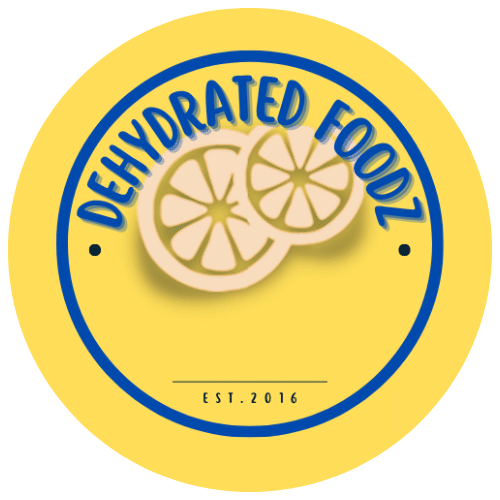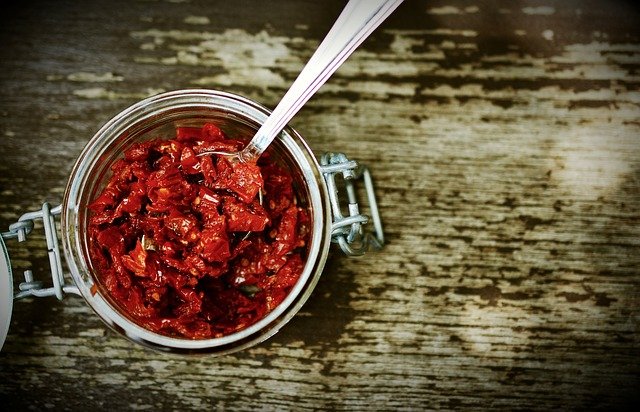Mason jars are a versatile way to store food. Not only can you use them for canning, but you can also use them for storing dehydrated food. This is a great way to preserve your harvest and have healthy snacks on hand.
This blog post will discuss how to store dehydrated food in Mason jars. In addition, we will give you tips and tricks on doing it properly so that your food stays fresh and nutritious!
Dehydrated food is a great way to store your favorite meals for later use. Not only does it take up less space than fresh food, but it can also last for weeks or months when stored properly.
Tips on Storing Dehydrated Food in Mason Jars:
- Make sure to sterilize your jars before use.
- Do not fill the jar to the brim, or else you will have problems with sealing and spoilage.
- The most useful way to store dehydrated food is in airtight Mason jars. This will help keep out moisture and pests, which can cause spoilage.
- To prolong the shelf life of your dehydrated food, it’s essential to store it in a cool, dark place. A pantry or cupboard is ideal.
- Make sure to label your Mason jars with the date and contents so that you can keep a track of how long the food has been stored.
- Be sure to tighten the lid on your Mason jars securely so that they don’t leak.
- Avoid stacking the jars on top of each other (this can cause them to break)
- Always buy clear Mason jars so that you can see the food inside.
Conditioning Fruits in Mason Jars
When finished dehydrating, make sure to place the dried fruit in a glass jar. The jars work great for conditioning fruits because they allow you to see if any moisture is left in the fruit and signs for any mold. This way, you can gauge how long to keep it in the jar or when it’s time to put it back in the dehydrator.
The National Centre for Home Food preservation is an excellent site for info on conditioning fruits safely.
Benefits of Storing Dehydrated Food in Mason Jars:
- Mason jars are airtight and pest-proof, making them the perfect storage container for dehydrated food.
- They’re also durable and can be stored in various places, including cupboards, pantries, or even shelves.
- Mason jars are easy to clean and don’t take up much space when empty.
- They can last for long when stored properly.
- Mason jars can be stored in various places, including cupboards, pantries, or shelves.
In conclusion, Mason jars are a great way to store your dehydrated food. They’re airtight, pest-proof, and easy to use. Not to mention, they come in a whole variety of sizes so you can choose the one that best fits your needs. Thanks for reading!

